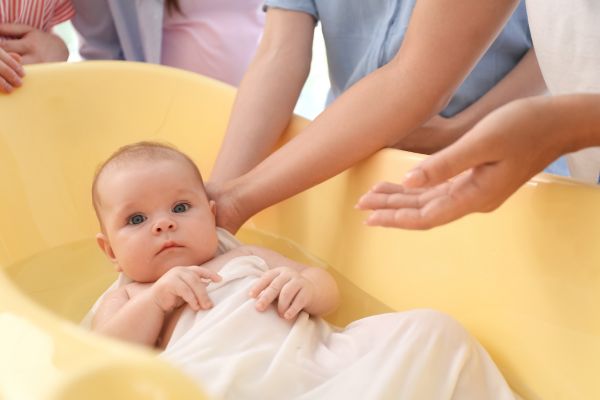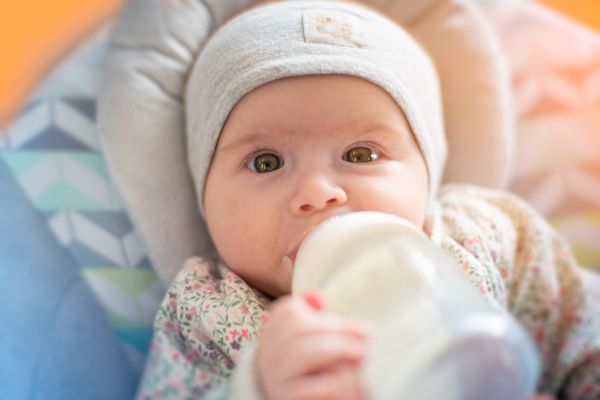Although the old saying Child Bearing Hips isn’t usually taken as a compliment, many women see it as an advantage when it involves childbirth.
We are trained to soothe the fears of petite women worried about their bodies or hips being too small to deliver a normal birth. You might hear them say, “My partner is so tall. Look at his head. What if my baby’s head is too big?”

Concerns about the size and ability of women to have normal births were again raised by July’s excitement at the birth of Prince George of Cambridge. Nobody could claim that the Duchess has “Child load bearing walls Hips.” She gave birth to a healthy baby, weighing in at 3.8 kilograms.
All Child Bearing Hips Grow Differently
There has been a slight increase in the birthweight of Australian babies since 1998. A recent study found that the median birthweight of Australian babies increased by 0-25 grams for boys and 5-45g for girls in the last ten years. This could be due to increased maternal age, decreased smoking in pregnancy, obesity and excess weight among mothers as well as Australia’s changing ethnicity.
There has been an increase of very small and very big babies. These babies will need closer medical observation during the mother’s pregnancy. This could result in an earlier birth or medical intervention if they do not grow and thrive in utero.
The majority of Australian celebrity babies are within the normal growth range (about 2.5-8.2 kg depending on gender and gestation) and it does not appear to affect women’s ability and capacity to have children.

The size of a human infant’s brain is smaller than that of most primates, so the pelvises of women are usually smaller than those in primates. The baby’s birth rotation is due to the fact that it crosses its mother’s pelvis while trying to fit. The pelvis will soften to prepare for birth. Meanwhile, the unfused skull bones of the fetal limbs will mold over one another to allow the baby to adapt to the canal.
A baby can move through the birth canal easily thanks to the mechanisms of labour. If a woman chooses to give birth in an upright undying position, gravity helps the baby fall.
Evolution and the Challenge of Childbirth
Evolutionary biologists have a theory about the challenges that childbirth can present. According to the “obstetrical dilemma” hypothesis, the narrowing of the birth canal is due to humans walking upright on two legs. Childbirth is difficult when infant brains are comparatively large.
This means that the female pelvis can’t expand further, as this would impair the human ability to move. According to the obstetrical dilemma, it is the pelvic constraint that determines when spontaneous labour occurs and how long it takes.
Recent research has discredited the obstetrical dilemma and suggested that spontaneous labour begins when there is a balance in maternal and fetal metabolism. This is called the energetics of growth hypothesis (EGG hypothesis). It suggests that labour starts when the fetal energy needs exceed the mother’s ability.
Another theory is that the baby’s metabolic needs for tissue growth and maintenance increase as she grows. Around 40 weeks into the pregnancy, the baby’s metabolic needs begin to exceed the woman’s ability to produce effective energy.
Even extending the pregnancy for a month would require metabolic investment that is beyond the mother’s capabilities. Instead, the mother enters labour.
Although there are still questions about the evolutionary factors that determine the size and shape of newborn babies’ bodies, the EGG hypothesis is a good way to understand why it is important to start a pregnancy with optimum nutrition and a healthy weight.
Healthy Child Bearing Hips Weight
The woman’s metabolism boosting plays a crucial role in determining the fetal growth and support for labour and birth. A woman who starts pregnancy in her best health and ensures that she gains the appropriate weight will be more likely to have a healthy baby.

There are a number of risks for women who start pregnancy with a low or high pre-pregnancy body mass index (BMI), including preterm birth, small- or large-for-gestational-age babies, stillbirth, neural tube defects, gestational hypertension, postpartum weight retention and major depressive disorders. A high BMI can also increase the likelihood of having their labour ininduced or to deliver via caesarean.
It is important to remember that women are uniquely boats are designed to have a healthy baby and to give birth to a healthy baby. We have seen many small mothers give birth to large or normal-sized babies as midwives. We have also helped larger women with difficulty giving birth to small babies.
Child Bearing Hips is not always as simple as it seems. It is crucial to understand and negotiate the gray zones, and support women in both situations, to provide safe and effective maternity services. The midwife’s role is to help women feel confident in their bodies and to give birth in the most natural way.


